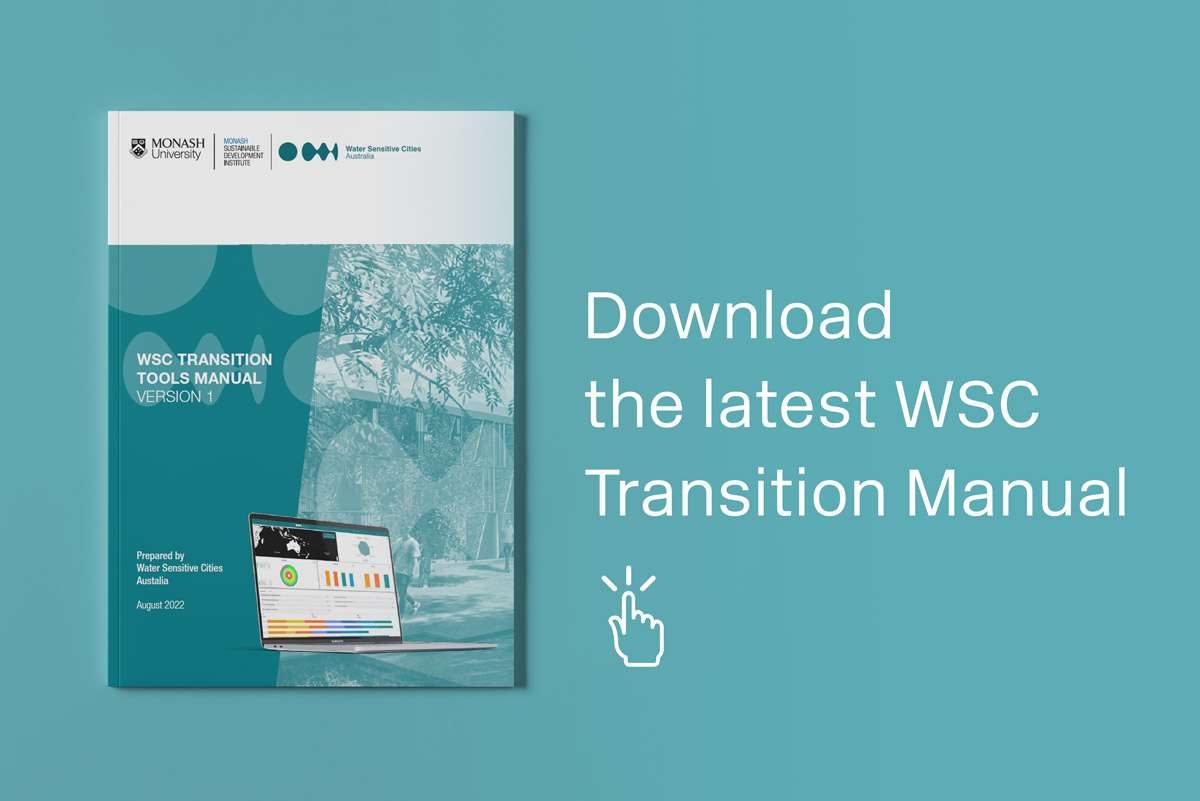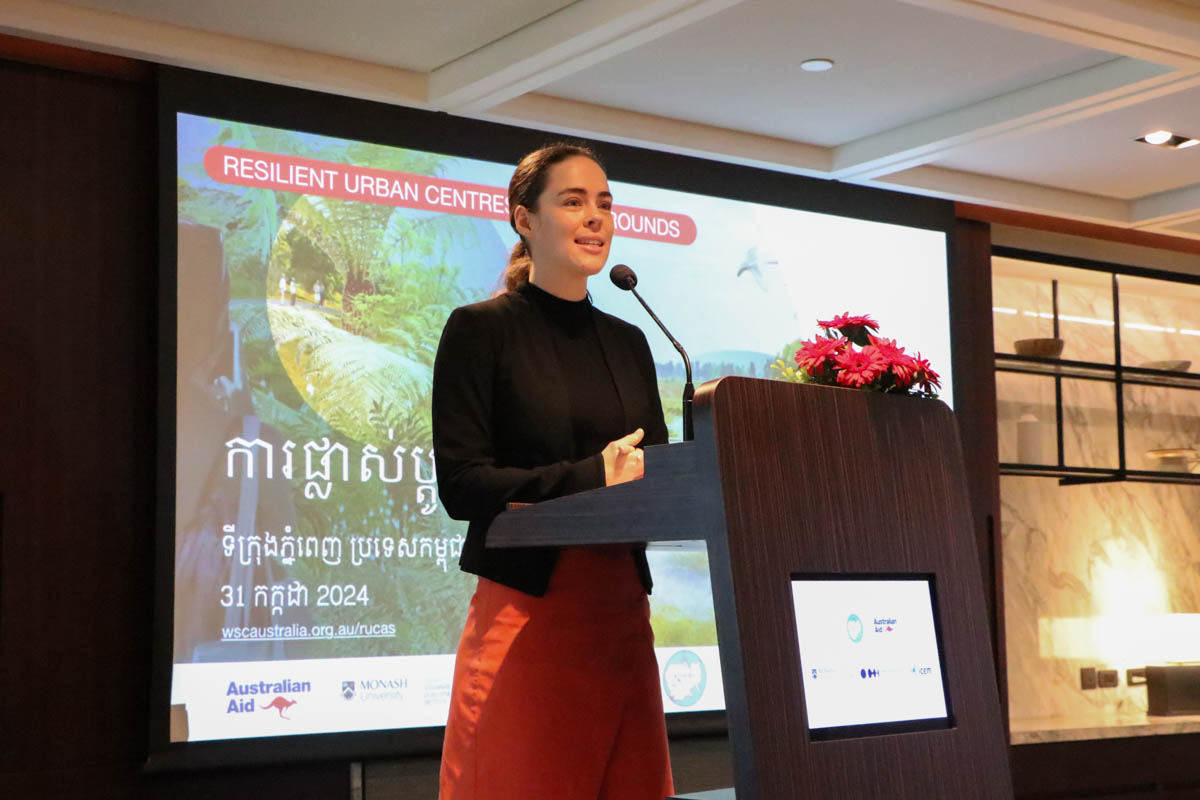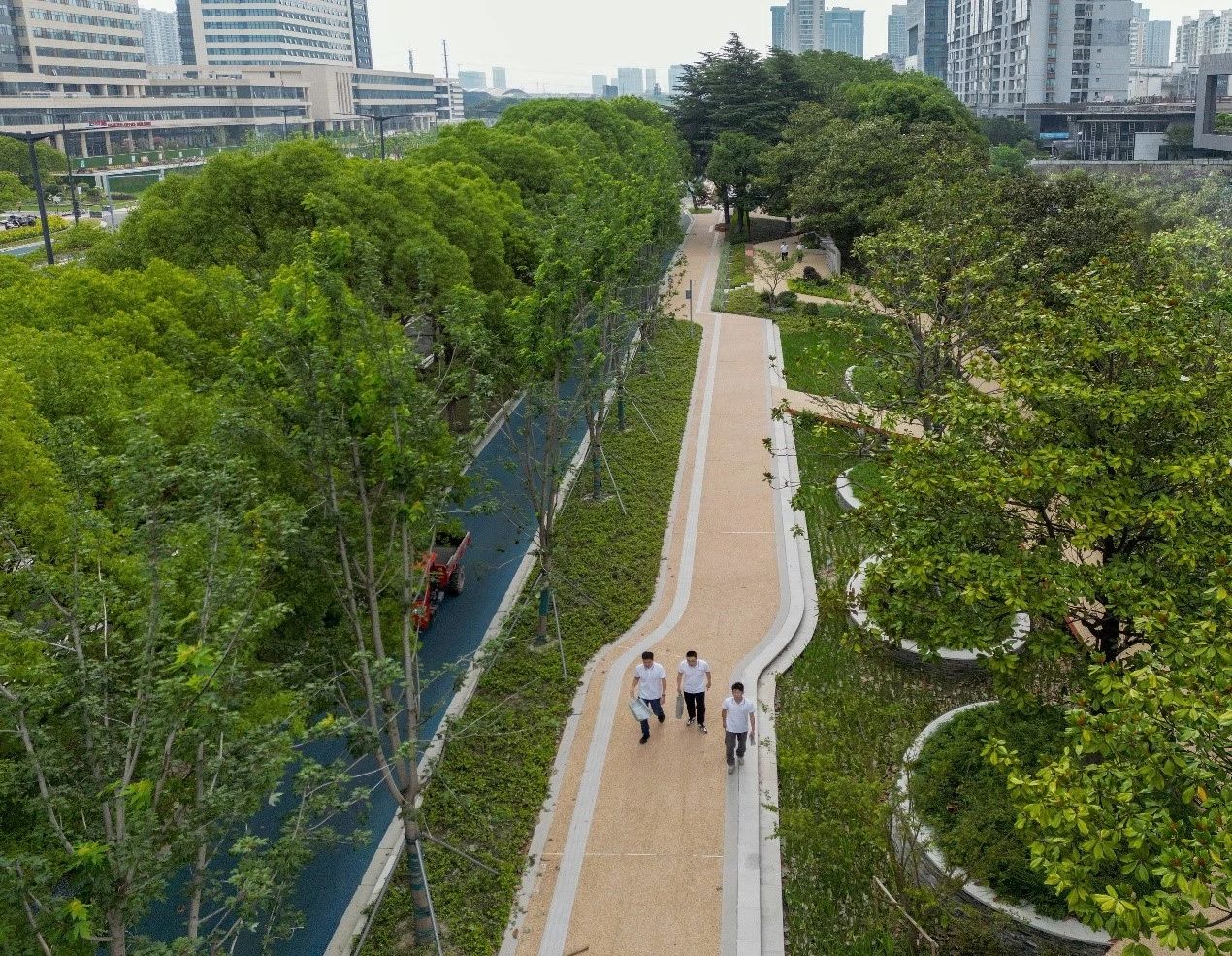Two tools developed by the CRC for Water Sensitive Cities can help cities and towns manage the transformation to achieve their water sensitive vision:
The Transition Dynamics Framework (TDF) assesses the presence or absence of 5 enabling factors that should be deliberately and sequentially built up to accelerate change:
- Champions – individual people, organisations and networks who are involved in or engaged with a change in practice (ideally, the number grows over time and represents a greater cross-section of stakeholders)
- Platforms for connecting – formalised or semi-formalised organisations, structures and processes that facilitate collaborations across science, policy and industry spheres (usually their primary functions change over the course of a transition)
- Knowledge – scientific understanding of the problem and potential solutions, along with contextualised knowledge informed by local research activities
- Projects and applications – experiments, demonstrations and focus projects that test the viability of new technologies or approaches
- Practical and administrative tools and instruments – such as legislative and regulatory instruments, market mechanisms, models and best practice guidelines to help embed the new practice.
Using the TDF, city stakeholders and practitioners can:
- understand a city’s current position in its transition to a water sensitive future
- identify priority strategies for advancing the transition
- set the framework for monitoring progress over time.
The Management Actions Tool (MAT) allows practitioners to identify water sensitive actions with targets that will most effectively advance a city’s water sensitive transition. The tool is a repository for actions and strategies that cities and towns could use to rapidly develop their own plan of action. Using the MAT, city stakeholders and practitioners can:
- define actions
- model how these actions will affect water sensitive outcomes and performance
- set targets to achieve water sensitive outcomes
- analyse current results against targets to track and report on progress
- share data to support city-to-city learning.
To increase use and application of these tools, Water Sensitive Cities Australia recently piloted an accreditation training course. Associate Professor Briony Rogers (Director of MSDI–Water), Chris Chesterfield (MSDI Professor of Practice) and Jamie Ewert (WSCA Mainstreaming Leader) led water practitioners through the process of applying the TDF and the MAT.
These accredited practitioners can now help cities and towns develop a pathway for action. It means we have accredited practitioners available in locations throughout Australia, and some internationally.
As well as instructing our first group of accredited practitioners, this pilot course was an opportunity to identify ways to improve the training and explore various options for delivering the training (e.g. face-to-face workshops, virtual workshops and online modules). We will take the valuable feedback provided by this first group to further refine the accreditation training.
You can find more information about the Transition tools and other CRCWSC tools on the CRCWSC Knowledge Platform.
If you’re interested in becoming an accredited provider, or if you’d like to contact one of our accredited practitioners, you can contact us at info@wscaustralia.org.au.





